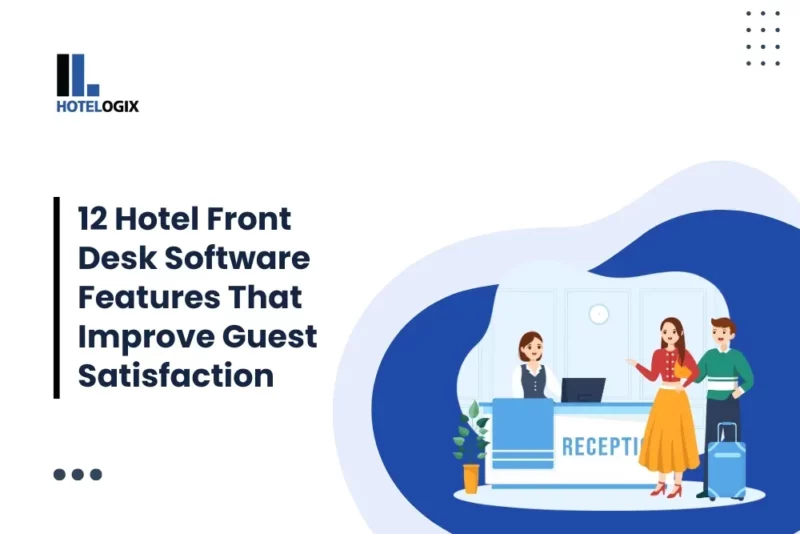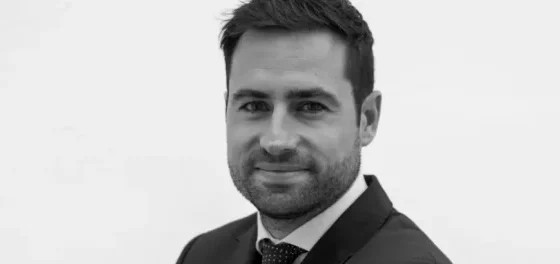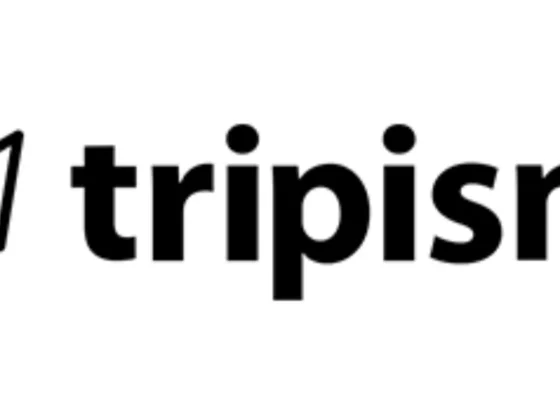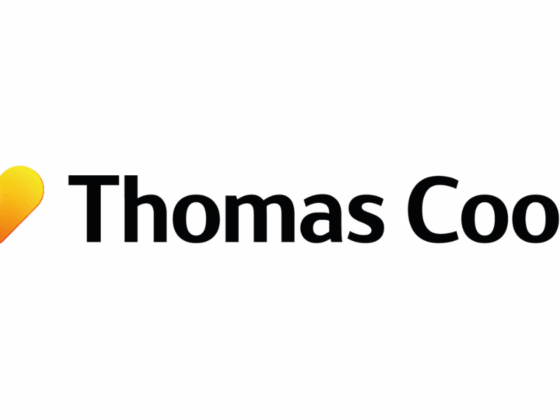
Blake Madril is the Principal Advisor for Travel & Hospitality with IDeaS Revenue Solutions, a company he’s been with for nine years. He has held multiple roles at a number of hotels, mainly in the revenue management space. In this interview, he shares with our team more about how to approach the discipline of revenue management today and the impact the last three years have had on rates.
Let’s kick things off with a bit about your background and role at IDeaS.
I’ve been in my current role with IDeaS for about four years, at different levels. Most of my work is direct engagement with clients, and my primary focus is what we call major enterprise accounts, comprised of global hotel chains. Prior to IDeaS, I spent about 10 years as a client, helping the hotel organizations I worked for adopt automated pricing, which at the time was IDeaS G2 Revenue Management System.
My experience began in helping hotels digitize their revenue management journey, their culture, and their whole buying and fulfillment experience. I’d advise global hotel organizations and even mid-sized regional chains on opportunities and how to apply revenue management to their commercial platform. Now, I consult in helping people break down information silos and create bridges that work across different teams to build out the technology side, instead of only focusing on the revenue management vertical. I take the revenue management discipline into other departments to get them to incentivize and focus on profit, or to start forecasting and anticipating costs. Due to the size of the company, we can speak very directly about what’s happening in the field, and we are sought after by companies dealing with the pain of going through this process, so a lot of thought leadership is involved.
How has Revenue Management evolved in the last decade?
A decade ago, we were just licking our wounds from the recession of 2009, and I think that now, roughly 10 years later, we’re at a similar inflection point with the COVID-19 pandemic.
What is visibly different between coming out of these crises then and now is that now we are not seeing a huge race to the bottom and rate deterioration, whereas coming out of the 2009 recession, we never fully recovered from the ADR deterioration that resulted from the crisis. We only returned to the levels of 2008 some seven years later, and at this point, we should have been way ahead in the range of rates.
Coming out of the pandemic, the recovery happened more sharply and in a much different way, with fewer eyes on revenue management in terms of changing prices than there were in 2012 or 2013. So I think that revenue managers’ focus has changed in a good way, as they couldn’t keep changing prices day by day as the number of hotels increased. As a result, we were repricing exponentially more rooms following this downturn than we were in the last one, from hundreds of thousands to now millions of rooms around the world. This leads me to believe that the leaders who are taking ownership of running things today are being a bit more methodical about it, without knee jerk reactions to pricing. This time, they are taking a demand-focused approach instead of engaging in a price-drop contest with competitors. The reason for that is largely because of better insights due to more data and more tools made possible by a number of technology providers inside and outside of the revenue management space.
What are some of your top recommendations for GMs or Revenue Managers when it comes to planning?
The first one is to stop focusing so much on forecast accuracy. Let’s say you are plus or minus 3% of your forecast; that’s great, but it doesn’t mean, materially, that you did as well as you possibly could have or that your strategy was optimal. Yes, you can look at benchmarks such as historical data from industry reports and see how you measure against the competition, but all of these are lagging metrics that only tell you the reasons for past performance, while you’re still left with deciding what adjustments to make into the future. The focus should be on leading metrics instead, which are those that indicate future success – such as revenue growth and market share. Diagnosing the reasons behind the margin of error and finding out why you weren’t able to anticipate what happened, especially when the margin is large, is how you can turn a lagging metric into a leading one, and change future behavior in a way that directly impacts performance.
5 Revenue Management Tips for 2023
- Revenue management has shifted towards a demand-focused approach, emphasizing methodical pricing strategies based on better insights and technology tools.
- Focus on leading metrics, such as revenue growth and market share, rather than just forecast accuracy, to drive future success.
- Collaboration and breaking down data silos across teams, particularly during the budgeting process, can improve strategic alignment and forecasting.
- Utilize analytical attributes for customer segmentation, aligning revenue management with marketing and sales efforts to optimize performance.
- Balance increased average daily rates (ADR) with service level constraints by assessing booking volume and value, transparently communicating changes, and optimizing revenue opportunities throughout the customer journey.
If a leader has to focus on forecasting in some capacity, I would challenge them to find out how they would measure forecast performance by asking, “How did my forecast actually do getting me to my optimal business levels for that time period?” And if that changes over time, it’s probably a good thing as forecasts shouldn’t stay static for entire periods of time.
A second recommendation is to work across teams when breaking down data silos, and a good way to do that right now is through the budgeting process. I don’t believe anyone thinks their budgeting process was great going into the pandemic, just like I don’t think it served anyone very well during it. Therefore, I’d encourage leaders to decide how to make the process easier, and how to automate and streamline it. Ask yourself how to bring departments together to think more strategically about a budget because that’s going to end up cascading down into annual, monthly, and operational forecasts. Breaking down and rebuilding your budgeting process is likely what needs to happen if you have old systems interacting with each other, and is a good effort in figuring out what is worth your time coming out of the pandemic as you’re reassessing what didn’t work during it.
Lastly, changing the way they segment customers by using more analytical attributes and keeping them in line with marketing and sales is a huge tip. Market segmentation is a hot topic in revenue management, and we’ve seen a great number of professionals changing the way they segment their customers through the pandemic for two reasons. First, they’ve lost most of their customers. This gave companies the chance to rebuild without comparing to previous years and making that sort of structural change is a huge change management issue. And secondly, knowing the source of business and where customers are coming from are the most easily identifiable attributes for most branded chains. What is indeed more important are things such as who has last room availability and who doesn’t, who’s pulling out of a block and who isn’t. This could be for transient or group and encompass different behavioral characteristics, which is really where your revenue management levers are.
Since the pandemic, ADR increased but service levels are struggling to keep up due to staffing issues. How can hotels deal with this disconnect?
It’s definitely a challenge because many hotels are weighing the issue of whether the market can now bear certain prices, and there’s the issue of price versus the level of service they can provide at that range. Thus, we have some hotels that are making decisions to restrain themselves in certain ways and some that aren’t, choosing other ways to be more transparent with their guests. Assuming your revenue is growing based on demand, look at the volume and value of the bookings to assess what type of business allows these rates to be booked – without outpricing yourself out of the market or price gouging in any type of way.
I have a motto for hoteliers when dealing with this type of change management: stop, keep, try, why.
Outside of those scenarios, leaders have had to help employees change the way they work, as maybe they’re managing revenue for more hotels than they used to, so some of that has to trickle back to the guests. That’s to say that if there’s a change in service that needs to be highlighted, it needs to be done so in a way that guests understand what they’re still getting or what they’re getting in place of a previous offer. I have a motto for hoteliers when dealing with this type of change management: stop, keep, try, why. This means hoteliers should ask themselves, “What am I telling guests I’ll stop doing? What am I going to keep doing? What am I going to try doing? And why am I going to try it?” Then put this into the perspective of the guest’s experience and think whether you can answer all these questions for any proposed changes in your offerings. Giving customers the necessary information lets them decide whether there is value in paying for the services.
Moreover, demand valleys still exist but some hoteliers may be missing opportunities to discount when it’s needed. I’d recommend moving away from a view managed by a calendar, where they look at the next 90 days and try to make great decisions for each day, and instead focusing on the highs and lows and even using a revenue management system that can do this for them, thus driving the strategy that is most appropriate for each demand profile. Keep the entire customer journey in mind, from pre- to post-arrival, and think of where you can create opportunities to upsell and drive revenue while being transparent.
How is the current economic environment impacting rates and pricing decisions?
I think it has been different depending on hotels’ circumstances, as well as the restrictions and regulations going on where they operate their business. But going back to what I mentioned before about not focusing on forecast accuracy, what we need is to have plans in our arsenal for all the possible outcomes where anything could happen. And I know that it’s not entirely possible, as the past three years have shown us, but what is possible is to now plan for when this type of disruption occurs again – just like what is happening in certain pockets in Europe as they deal with the war in Ukraine. The plan includes an understanding of what the recovery looks like and the creation of moments of reference that can be used again.
For example, we’ve been helping leaders identify what a recovery period looks like when the doors have been closed for 30 days, or identify what a ramp-up period looks like for a new hotel opening under those kinds of circumstances. This is done by changing the indicators we have in the data, which are the same data points but with different insights extracted. This helps in making smart and strategic decisions about pricing. So yes, ADR will ebb and flow like always, but it’s about adjusting the way we go about pricing and not just moving in lockstep with fluctuations in occupancy.









